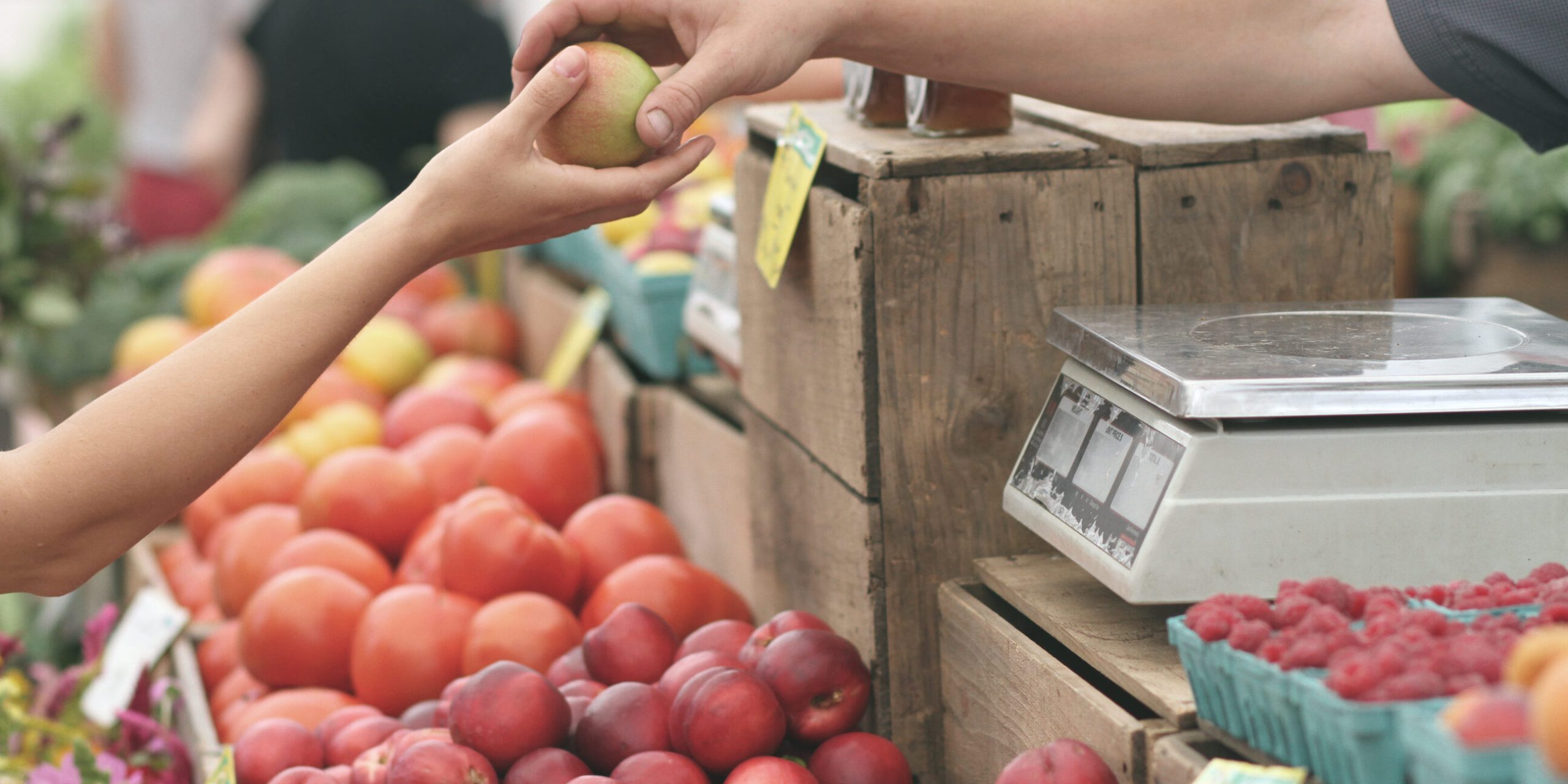Hunger Free America found that 1.4 million Georgians were food insecure from 2020 to 2022. This represented 13.2% of the state’s population, a major issue. Georgia has one of the highest kid food insecurity rates in the US.

Photo from Google
Analysis Reveals Alarming Rates of Food Insecurity in Georgia, Especially Among Children
A breakdown of USDA data shows that 20% of Georgian children, or 499,230, were food insecure. This difficulty also affected 9.6% of working adults (472,666) and 8.6% of senior Georgians (189,863).
Hunger Free America connects the rise in food insecurity to the end of the Child Tax Credit and universal school meals. They revealed this in their recent paper, “Hunger is Political Choice.” Hunger Free America CEO Joel Berg said the research should wake up federal, state, and local officials to the reality of the crisis.
Key assistance program participation statistics were also included in the study. In 2018, 16% of eligible Georgians for SNAP did not receive assistance. WIC had an even greater nonparticipation percentage in 2021, with 60% of eligible individuals not receiving assistance. During the 2021-2022 academic year, 42% of Georgia school lunch recipients did not receive breakfast.
READ ALSO: AMERIS BANCORP ANNOUNCES DATE OF FOURTH QUARTER 2023 EARNINGS RELEASE AND CONFERENCE CALL
Georgia Faces Severe Food Insecurity, Especially Among Children, Prompting Calls for Government Action
Compared to 15.3% of South Carolina’s inhabitants, Georgia’s food insecurity was severe.
A related Georgia Center for Opportunity analysis claimed that safety-net program design issues like the Supplemental Nutrition Assistance Program limit users’ economic mobility. This analysis identified federal food stamp program flaws that may enhance beneficiary governmental dependency.
Overall, food insecurity affects a large segment of Georgia’s population, particularly children. Calls for rapid action from all levels of government authorities have increased due to the expiration of some support programs.
READ ALSO: Analysis: 1.4M Georgia residents live in food-insecure households

















































